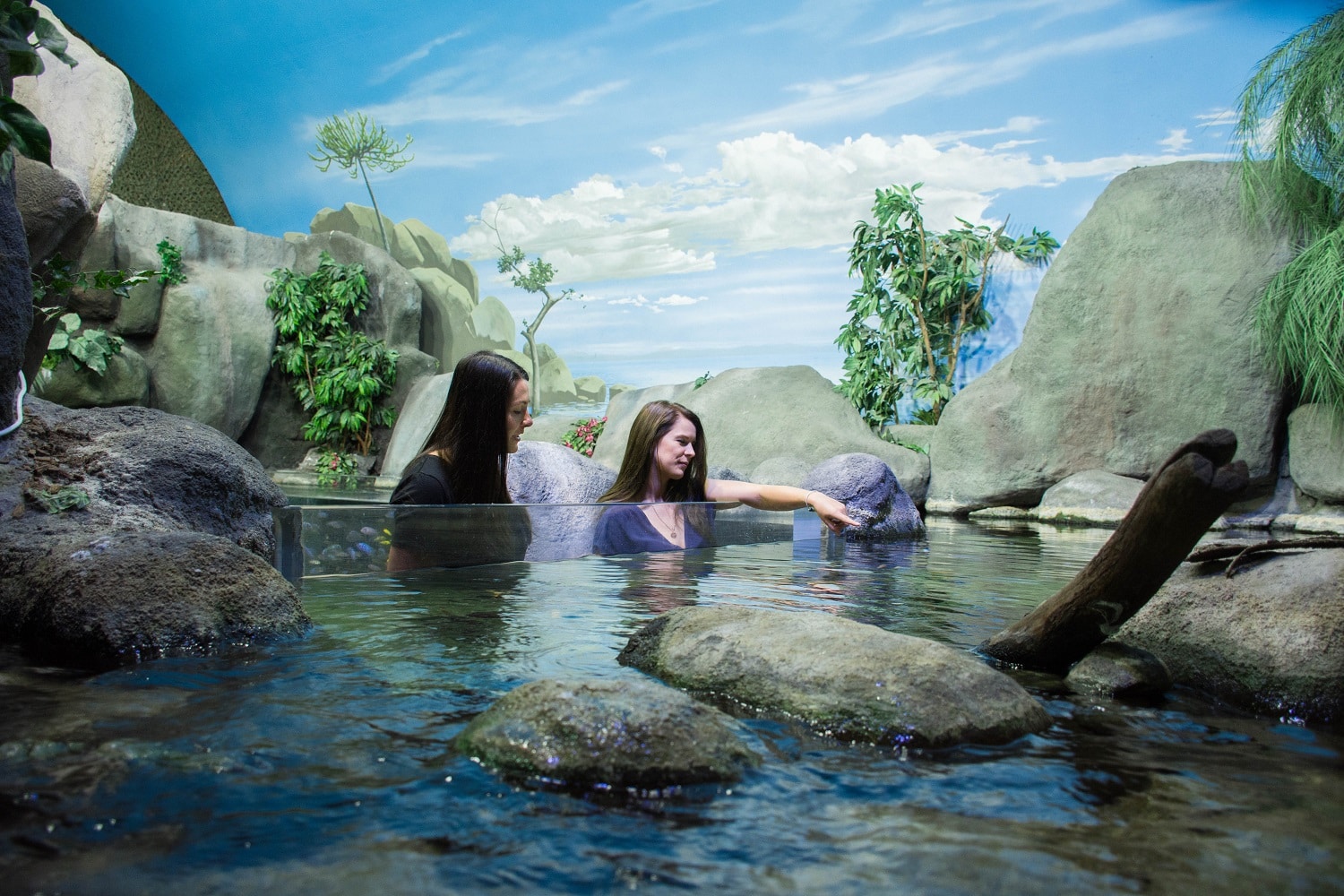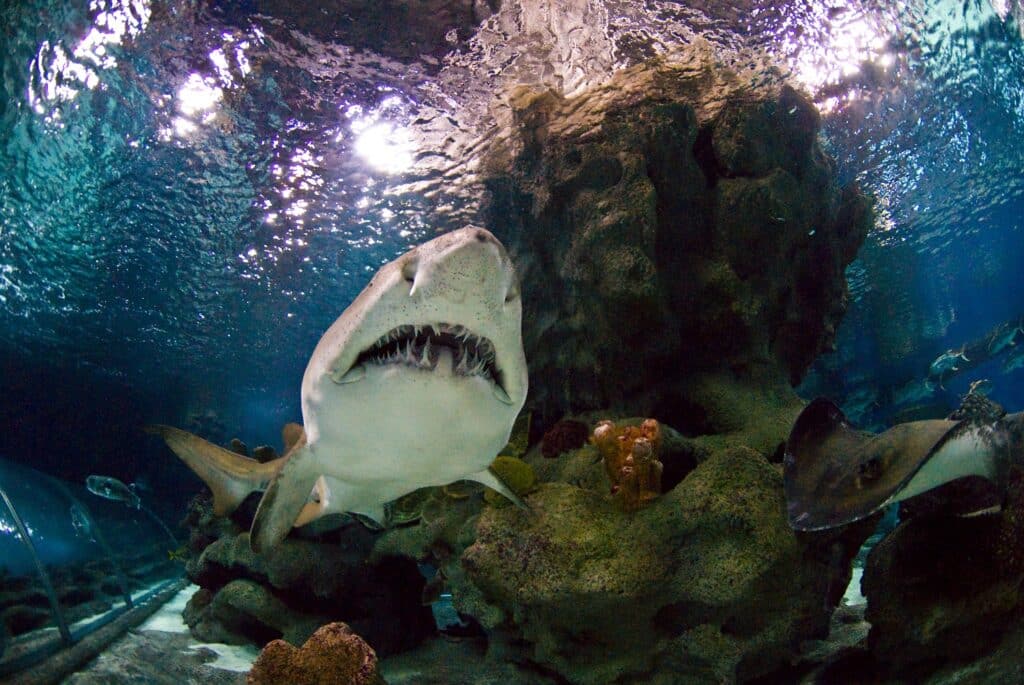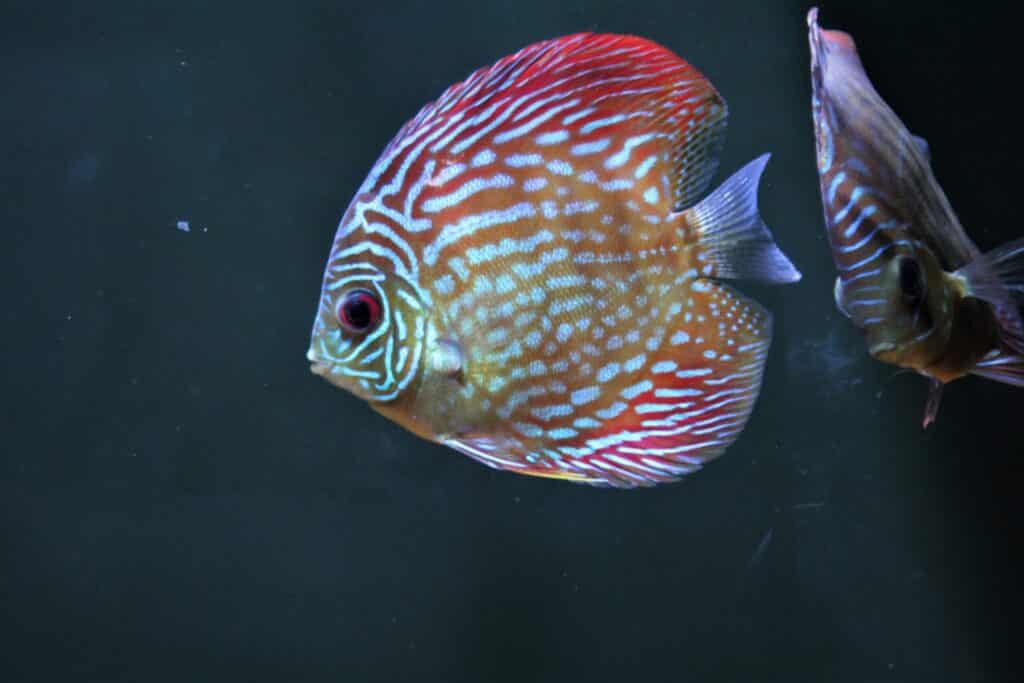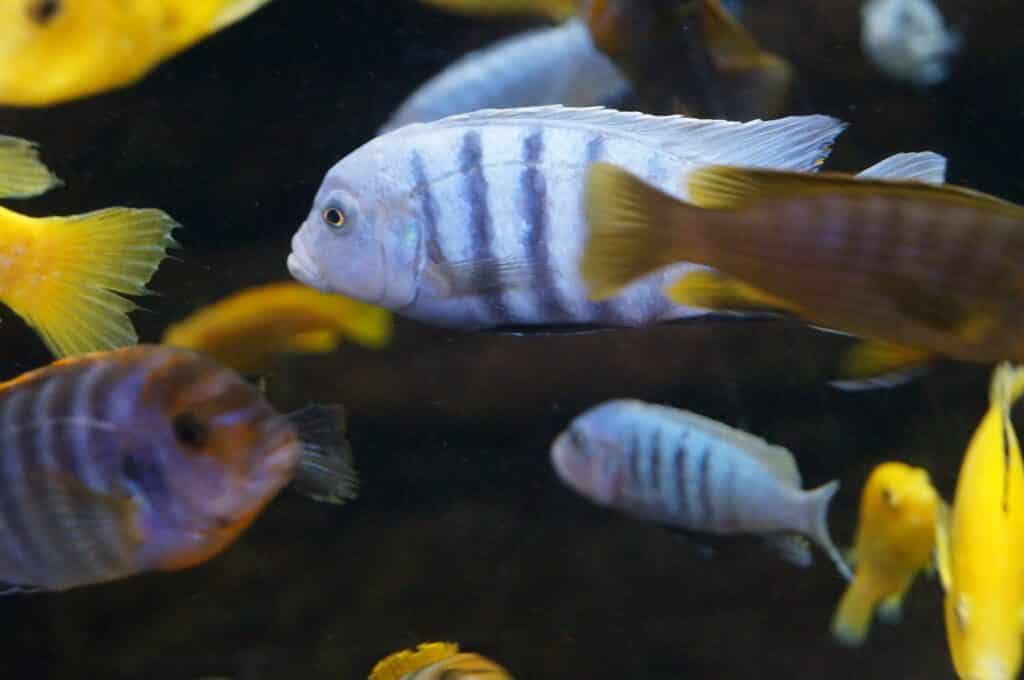Siberian Sturgeon – The Russian Gold Mine
The Siberian sturgeon (Acipenser baerii) is a large species of fish that can measure up to 2 metres long. The heaviest individual recorded was an astonishing 210 kilograms! They often migrate across most river systems in Northern Russia. There are also non-migratory populations in Lake Baikal, the largest freshwater lake in the world, located in Southern Russia. A single Siberian sturgeon can live for over 60 years; feeding primarily on small organisms that live on the bottom of the river such as small worms, insect larvae and crustaceans.

Sturgeon Farming Process
The rearing of Siberian sturgeon to turn a profit became common in the 1970s, in what is now Russia. Annual catches often exceed several hundred tonnes globally. Additionally, present-day figures are much higher. In 2017, a survey recorded 2,329 commercial sturgeon farms in 46 countries. The growth of sturgeon farming has been so steep that the global harvest in 2017 was four times larger than all the global harvests from 1970 to 1980 added together.
Distinguishing between males and females is extremely difficult, so ultrasound scans take place when the fish are approximately 3 years old to determine their gender. They’re then separated with males being sold for meat and females kept for caviar. Caviar is sturgeon eggs, frequently considered a delicacy in many countries around the world.
Females can start producing eggs as young as 7 years old but usually begin producing significant numbers of eggs at around 12-15 years old. They’re subject to years of egg production. High egg yield females are kept to spawn new generations. Consequently, lower-yield females are sold for their meat.
Siberian Sturgeon Caviar
To this day, the Siberian sturgeon remains one of the most profitable species in Russia. The inner membrane of a Sturgeon’s swim bladder forms part of the production of “isinglass”. Which is a very pure form of gelatin. When they’re sold as food, they can be fresh, pickled or smoked. However, the real money lies within the caviar industry.
Sometimes sold at over £1,000 per kilogram, caviar harvested from Siberian sturgeon is expensive. Each female is capable of spawning every other year – sometimes every year – and producing up to 9 kilograms of eggs per spawn. With a reproductive life span of over 50 years, this clearly shows the financial appeal of caviar farming.
Sturgeon Conservation
Siberian sturgeon are one of 27 sturgeon species. The IUCN (International Union for Conservation of Nature) classifies them as endangered.
Furthermore, 63% of all Sturgeon species are now critically endangered. With four species now thought to be extinct. Declines in their populations are largely due to:
- Overfishing for meat and caviar production
- Dam building blocking migration routes
- River pollution
- Habitat degradation and loss
A key reason for conserving all sturgeon species is they act as a living fossil record. This is because the sturgeon family is one of the oldest fish families on record, with fossils dating back to the mid Jurassic period, some 174 million years ago.
Here at Blue Planet, we have two species of sturgeon: Siberian and Diamond back. Found in our Northern Streams area, we consistently educate visitors on the importance and history of these fascinating fish. Although global caviar sales have been slowly reducing over the last 5 years, it’s possible many sturgeon populations may not bounce back from the decades of exploitation imposed upon them by the caviar industry. Hopefully – after existing on Earth for over 170 million years – harvesting limits and habitat management can ensure all sturgeon species continue to exist long into the future.



